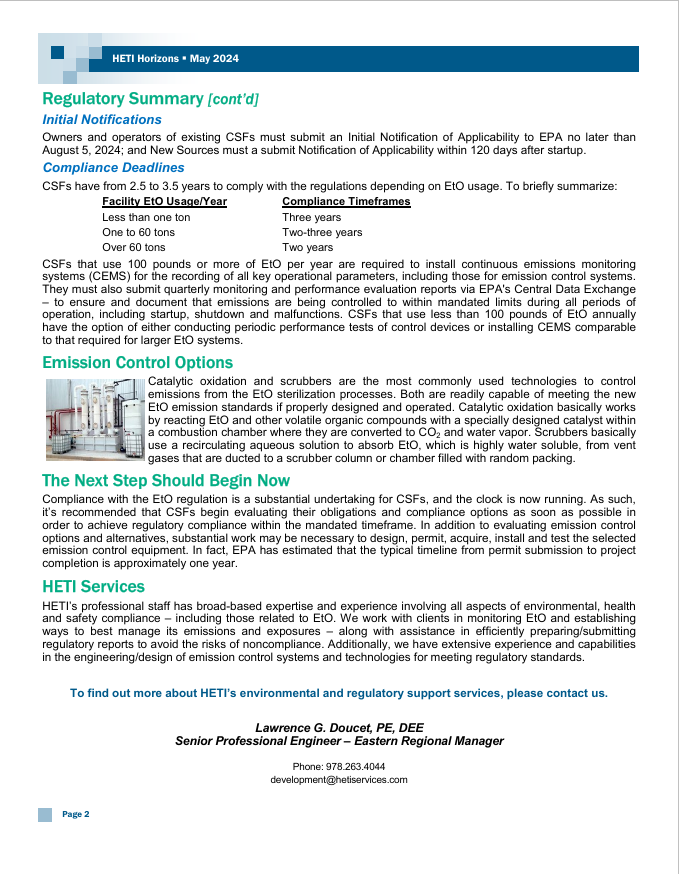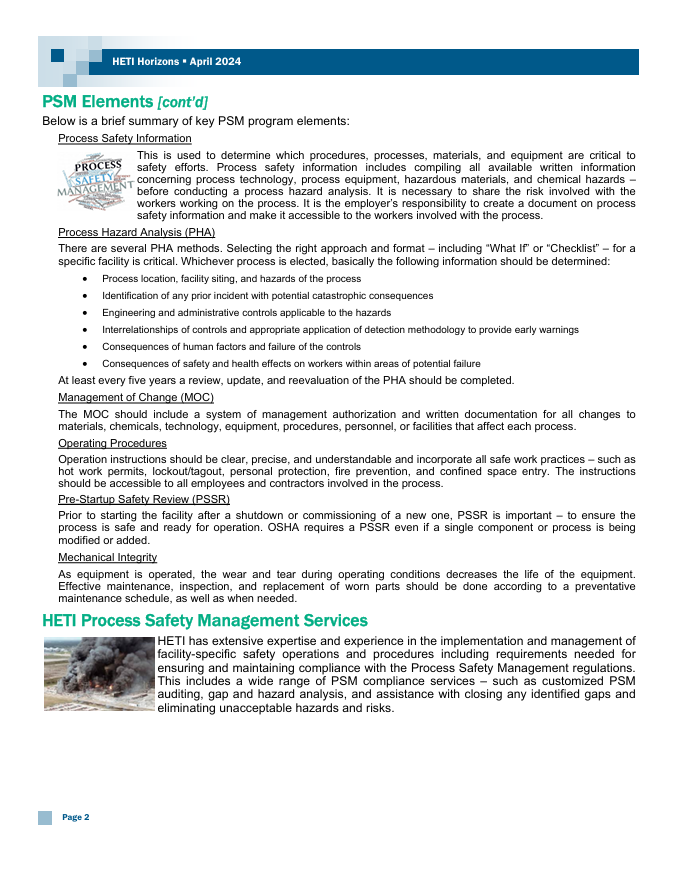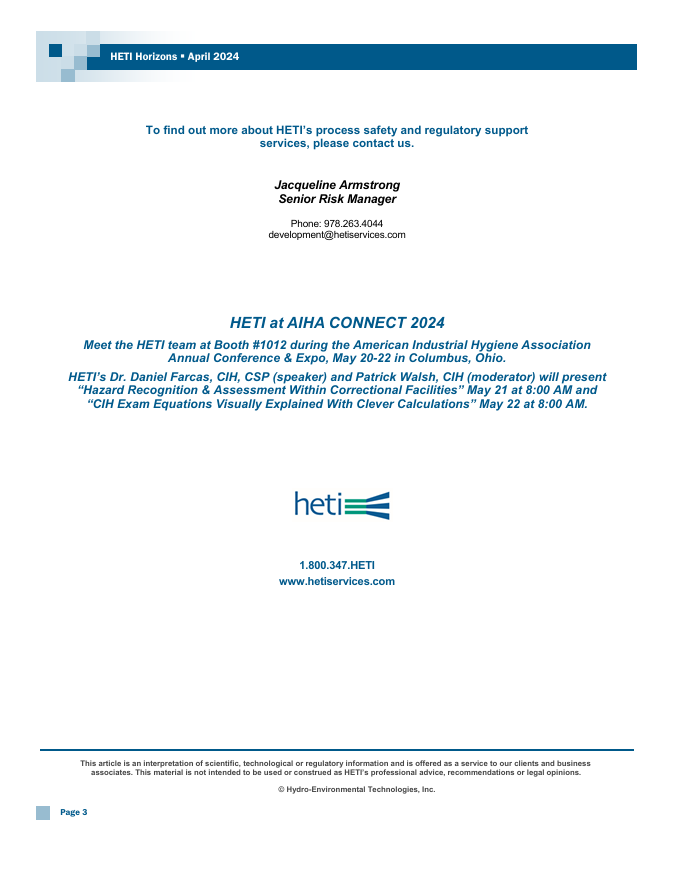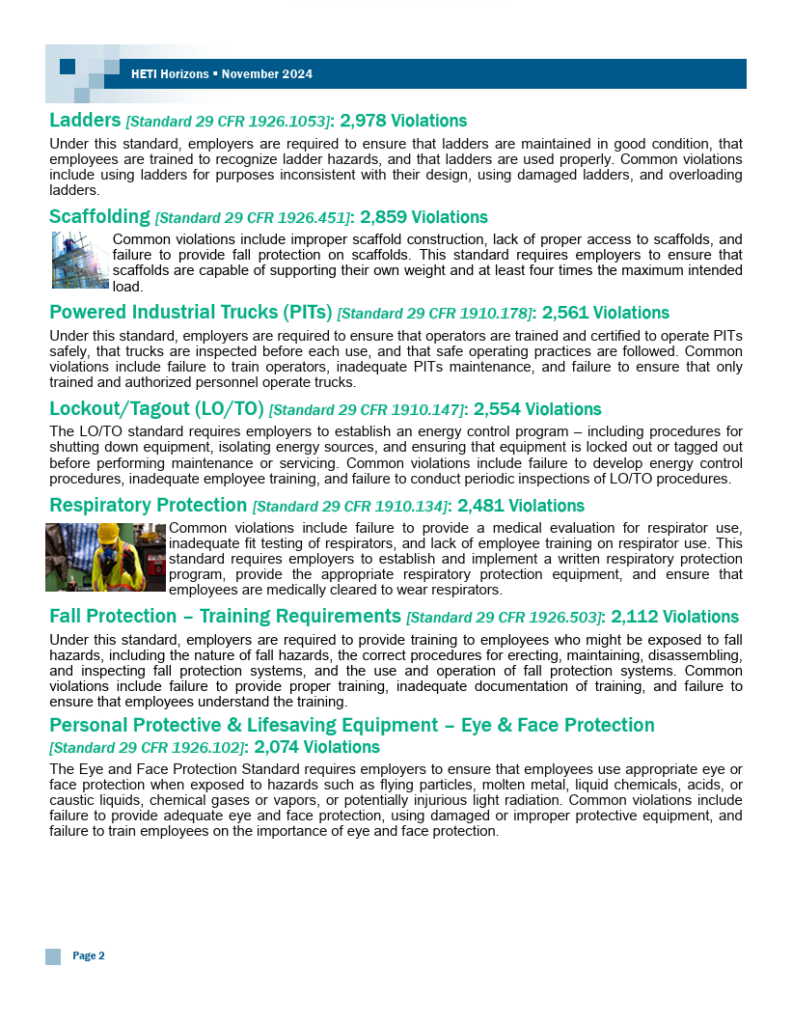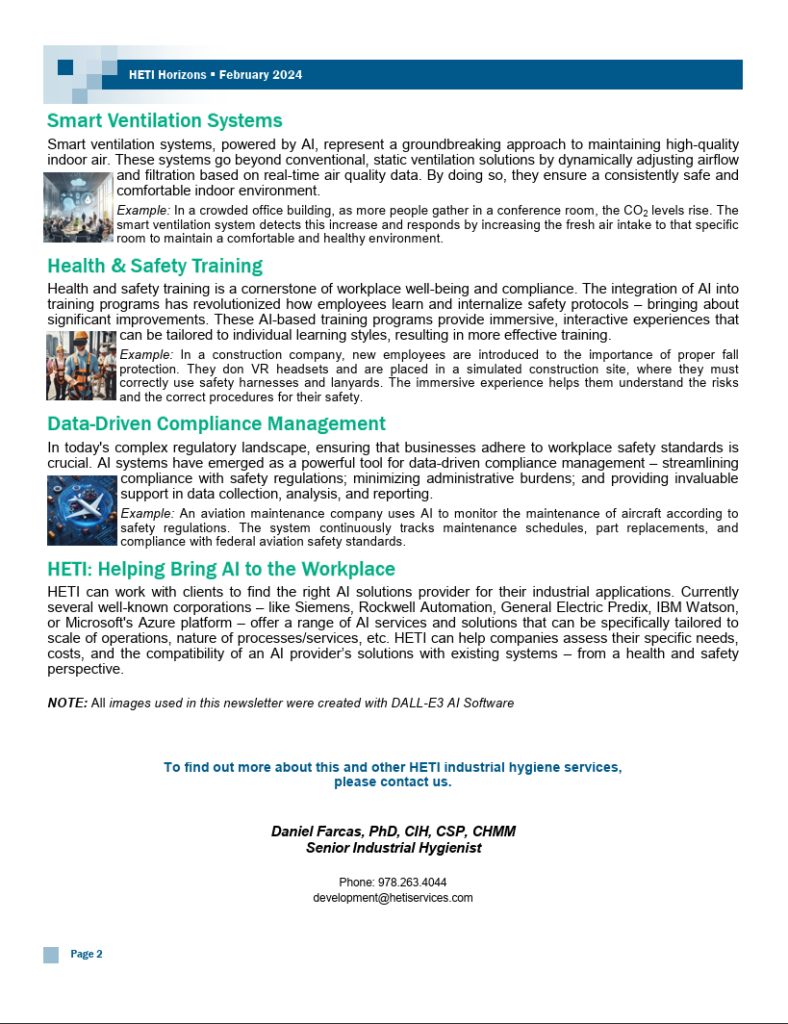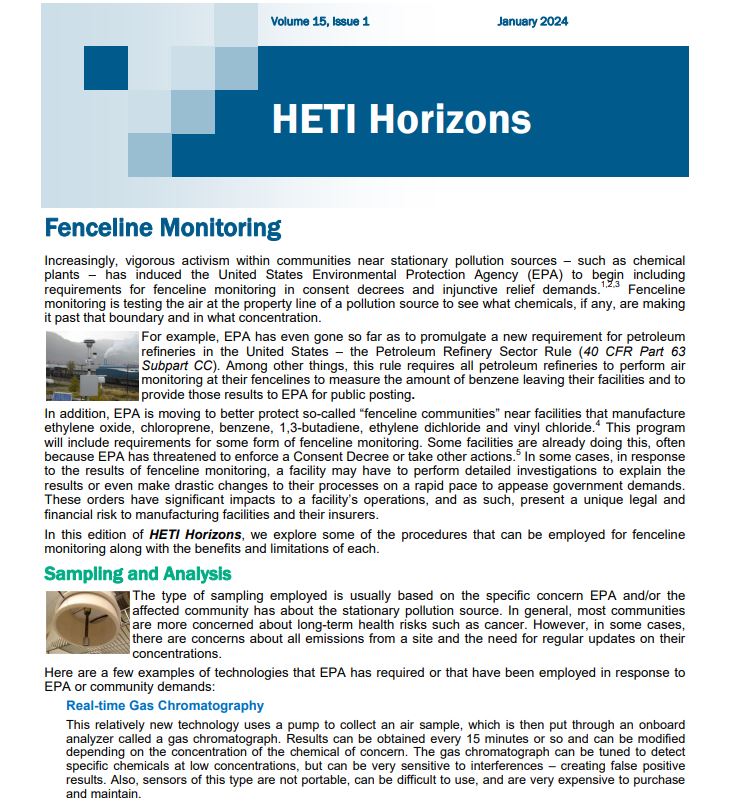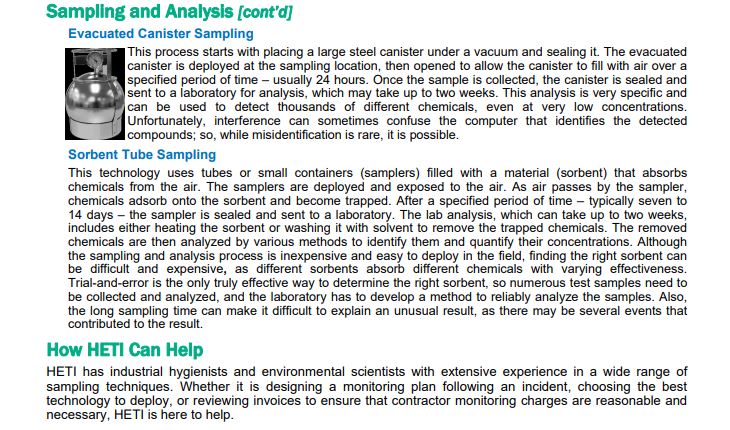In the little town of West, Texas, people’s lives were changed forever on April 17, 2013, when a catastrophic explosion ripped through a small fertilizer manufacturing facility. This plant had not followed the Risk Management Plan (RMP), as required by the Environmental Protection Agency (EPA) under the 1990 Clean Air Act; and responders did not know what chemicals were at the plant and the hazards they presented to appropriately contain the fire and protect themselves and the community. And if the plant had followed the RMP procedures, they would have had basic steps in place to prevent this hazardous outcome.
In this incident, the fertilizer facility had 40-60 tons of bulk ammonium nitrate in open bins, which exploded after a fire erupted in the building. Twelve firefighters and three members of the public died, and 260 people were injured. The explosion was felt up to 30 miles away and businesses, apartments, houses, a nursing home, and a school were damaged or destroyed. The plant had been built in 1961 and homes and businesses were allowed to be constructed close to the facility.
In another catastrophic event in November 2019 in Port Neches, Texas, a dangerous chemical in a 16-inch pipe was not moving, which caused a polymer to build up for more than 100 days. This led to an explosion – leaving a fire that burned for two months due to the presence of high-purity butadiene. About 50,00 people needed to be evacuated. After a comprehensive investigation of these explosions and several other severe chemical plant accidents, Executive Order 13650 directed the federal government to carry out several tasks – including modification of the RMP rule, intended to prevent chemical incidents.
Changes to the RMP Rule
The ensuing changes to the RMP rule – known as the Safer Communities by Chemical Accident Prevention (SCCAP) rule – were finalized on February 27, 2024, and went into effect May 10, 2024. The new modifications aim to protect the community, chemical plant owners/operators/workers, and emergency responders from chemical accidents. The amendments are intended to:
- Address and improve accident prevention program elements
- Enhance emergency preparedness requirements
- Ensure Local Emergency Planning Committees (LEPCs), local emergency response officials, and the public can
access information in a user-friendly format to help them understand the risks at RMP facilities and better prepare
for emergencies
EPA’s RMP Rule applies to approximately 11,470 U. S. facilities that use extremely hazardous substances.
Approximately 131 million people live within three miles of an RMP facility.
The final RMP Rule includes several changes – including:
Safer Technologies
Facilities in high-accident industries must evaluate safer technologies and alternatives and implement reliable safeguards in industry sectors with high accident rates.
Employee Participation
Facilities must improve employee participation training and decision-making in accident prevention. Employees can anonymously report unaddressed hazards.
Third-party Audits
Facilities that have reported accidents must undergo third-party compliance audits and root-cause analyses.
Information Sharing
Improved information sharing between facilities, communities, and emergency responders.
Public Disclosure
Facilities must provide chemical hazard information to the public within 45 days of a request. EPA has also released an online tool that allows users to search for RMP facilities in their locality. Controls are in place to protect trade secrets.
What is the Risk Management Program
The EPA RMP is a guidance for chemical accident prevention for facilities that meet certain risk criteria. It consists of five parts:
- Identify the Risk. The initial step is identifying the risks that the business has in its daily operations. The Rule includes a List of Regulated Substances under section 112 (r) of the Clean Air Act. These regulated substances are also subject to the requirements of the General Duty Clause promulgated by the Occupational Safety & Health Administration (OSHA). In addition to the federal list of chemicals, where the Clean Air Act Section 112 (r) has been delegated to a state, that state may have additional requirements.
- Determine the Program Level of 1, 2 or 3. Program Level 1 covers processes that would not affect the public in the worst-case scenario. Level 2 covers operations that do not fit in Level 1 – often having relatively simple processes and may be located at small businesses. They have basic prevention practices but with less documentation and recordkeeping than Level 3. Program Level 3 covers operations that have the most hazardous processes and require the most hazard assessments and hazard prevention plans.
- Evaluate the Risk by a Risk Assessment. This can include: a Hazard Assessment or a Process Hazard Analysis (PHA) that details the potential effects of an accidental release, an accident history of the last five years, and an evaluation of worst-case and alternative accidental releases; a Prevention Program that includes safety precautions and maintenance, monitoring, and employee training; and an Emergency Response Program that spells out emergency health care, employee training measures and procedures for informing the public and response agencies (such as the fire department, LEPCs, etc.) should an accident occur.
- Train Employees about the risks.
- Maintain, Monitor and Review the Risk. A RMP should be updated at complex organizations once a year, unless a major change in the process or chemicals present triggers a review. EPA requires that a Risk Management Plan be revised and resubmitted to EPA every five years.
HETI Risk Management Services
HETI has extensive expertise and experience in the implementation and management of facility-specific safety operations and procedures, including requirements needed for ensuring and maintaining compliance with EPA’s RMP. Our staff can provide a wide range of RMP services – including developing/reviewing Risk Management Plans, Risk Assessments, Hazard Assessments, Facility Audits, Emergency Response Programs, Training for Onsite Risks, and Root Cause Analyses.
To find out more about HETI’s risk management program and
regulatory support services, please contact us.
Jacqueline Armstrong
Senior Industrial Risk Manager
Phone: 978.263.4044
development@hetiservices.com


